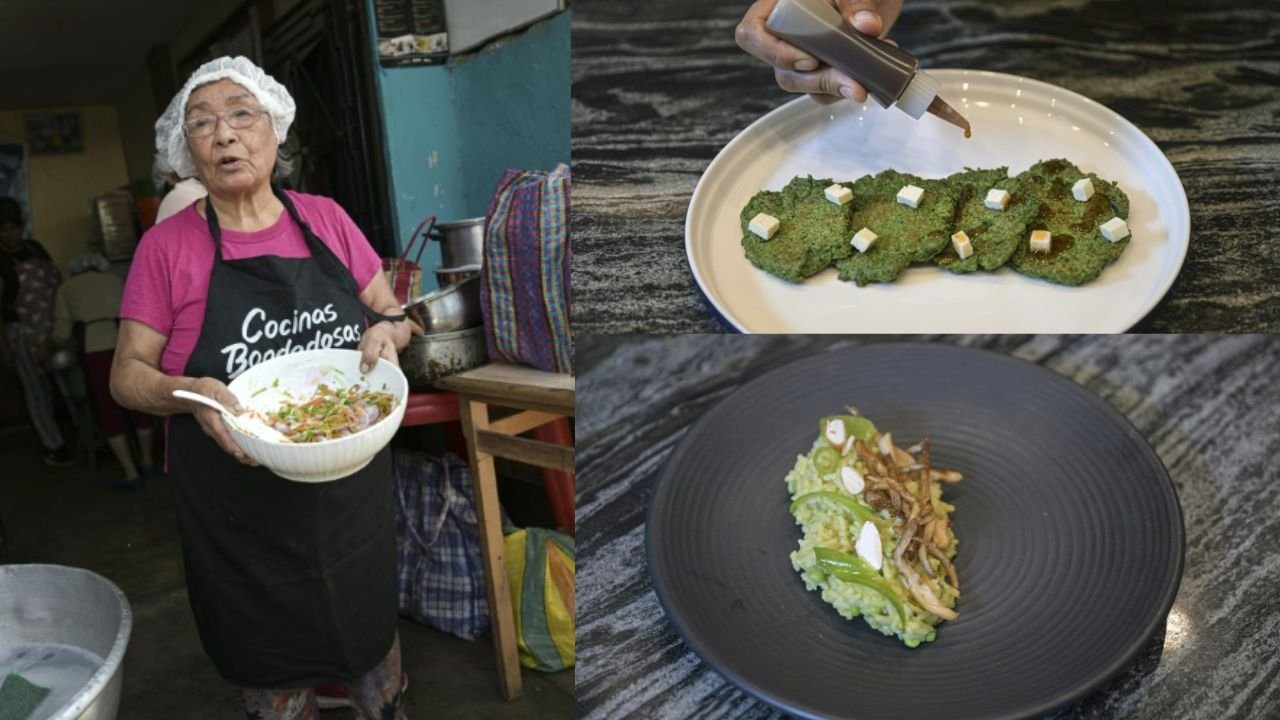Peruvian cook Isabel Santos prepares a salad with carrot peels and pea shells at a community kitchen in Lima; a disciple of a sustainable cuisine movement seeking to tackle hunger and food waste at the same time.
With five other women, she works at making 150 tasty, vitamin-packed servings that include “the peels of potatoes, peas, carrots, leeks and ginger that we used to throw away,” the 76-year-old told AFP.
Santos is a follower of the “Optimum Kitchen” concept of renowned Peruvian chef Palmiro Ocampo, who promotes the concept of nose-to-tail cooking — part of a more planet-friendly food drive increasingly finding a following world-wide.
“There is no such thing as waste,” Ocampo, 40, told AFP on a recent visit to Santos’s Maria Parado de Bellido kitchen in a poor district of southern Lima.
“An ingredient has to be used in its entirety,” he said, in a world where a third of food is wasted while 800 million people go hungry.
Palmiro and his wife Anyell San Miguel train cooks from Peruvian soup and community kitchens and share recipes through their project Ccori, which means gold in the Indigenous Quechua language and was created 11 years ago to promote “culinary recycling.”
As a result “more than a ton of ingredients that would normally end up in the garbage have been… turned into delicious food,” said the chef.
Not only tasty but healthy too: “many of these (formerly discarded) food parts have more nutrients” — vital to combat anemia, which affects more than two in five children in Peru.







